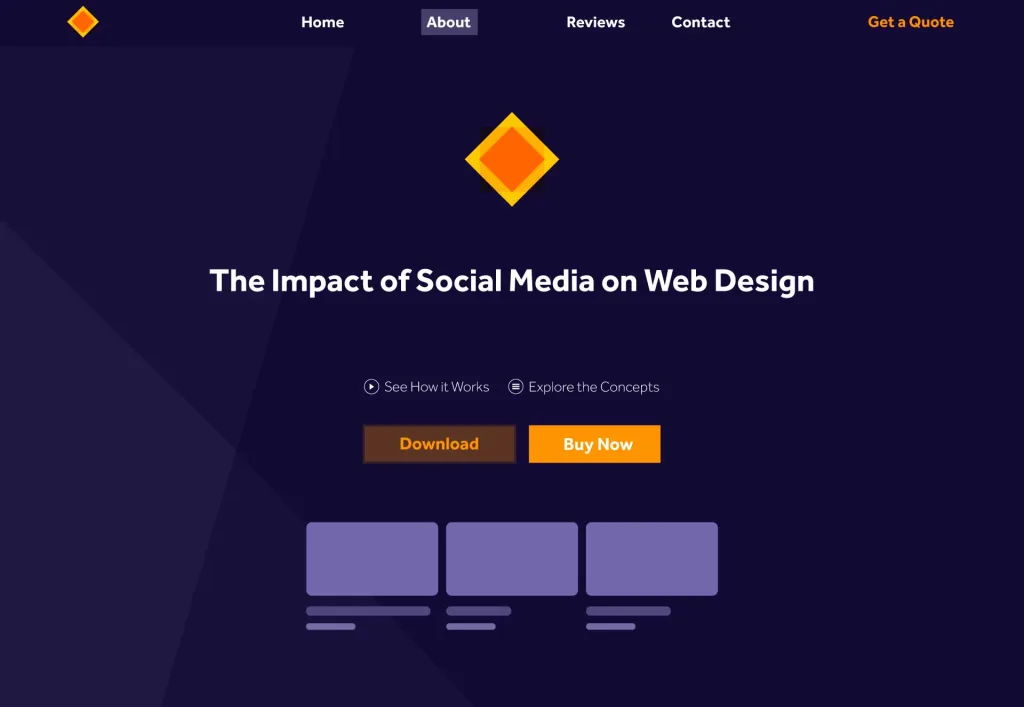The Impact of Social Media on Web Design
Social networking sites has become an integral part of our lives, influencing everything from how we communicate to how we access information. It has also had a significant impact on web design, as designers strive to create websites that are more engaging, interactive, and visually appealing to users. In this article, we will explore the impact of social media on web design and how it has changed the way we design and develop websites.
The world is changing at a breakneck pace, and nowhere is this more evident than in the world of technology. With the rise of social platforms, the way we communicate, interact, and consume content has undergone a massive transformation. In this article, we will examine how social media has impacted web design, and what it means for the future of the internet.
The Emergence of Social networking sites and its Impact on Web Design
The emergence of social media has revolutionised the way we interact with the internet. Social platforms such as Facebook, Twitter, Instagram, and LinkedIn have given users the ability to connect and engage with one another in ways that were previously unimaginable. This has had a significant impact on web design, as designers strive to create websites that are more engaging, interactive, and visually appealing to users.

User Experience and Engagement
One of the most significant impacts of social media on web design is in the area of user experience and engagement. Social platforms have set a new standard for user experience, with features such as real-time updates, infinite scrolling, and interactive content becoming the norm. As a result, users have come to expect a similar level of interactivity and engagement from the websites they visit.
Web designers have responded by creating websites that are more visually appealing, interactive, and engaging. Websites now include features such as video backgrounds, parallax scrolling, and animated elements that capture users’ attention and encourage them to interact with the site. Social platforms integration has also become a popular way to increase engagement, with websites now including social sharing buttons, live feeds, and social login options.
Responsive Design and Mobile Optimisation
Another significant impact of social platforms on web design is in the area of responsive design and mobile optimisation. With the rise of mobile devices, websites must be optimised for a range of screen sizes and devices. Social platforms have played a significant role in this, with their mobile apps setting a new standard for mobile design.
Web designers have responded by creating websites that are responsive, meaning they can adapt to different screen sizes and devices. This has become a critical aspect of web design, as users increasingly access the internet on their mobile devices. Websites that are not optimised for mobile devices risk losing visitors and potential customers.
Conclusion:
In conclusion, social media has had a significant impact on web design, changing the way we design and develop websites. From user experience and engagement to responsive design and mobile optimisation, social media has set a new standard for web design. As social media continues to evolve, it will undoubtedly have an even greater impact on web design, driving innovation and pushing designers to create even more engaging and interactive websites. To stay ahead of the curve, designers must embrace social media and use it as a source of inspiration and innovation. By doing so, they can create websites that not only meet the needs of their users but also exceed their expectations.







